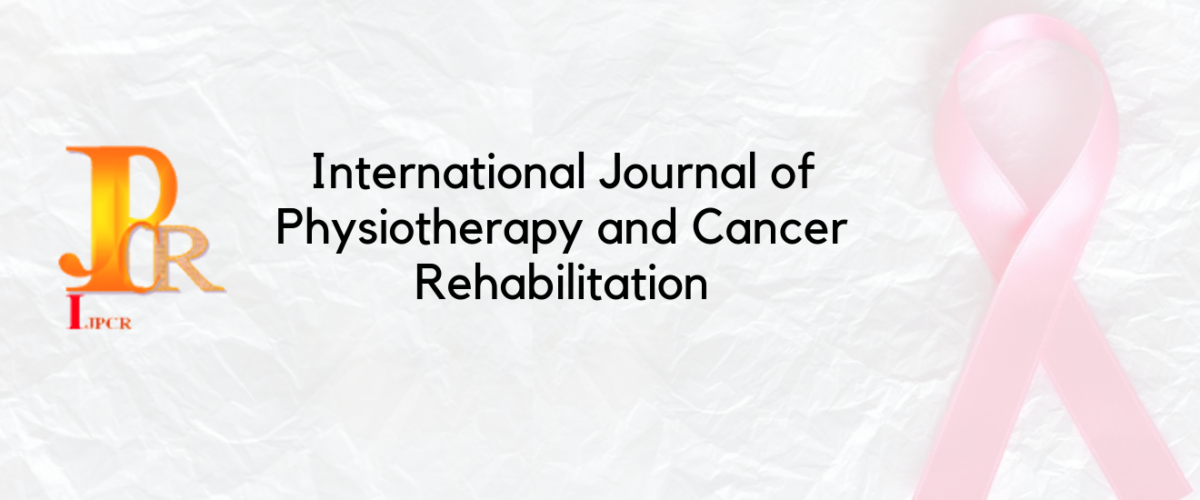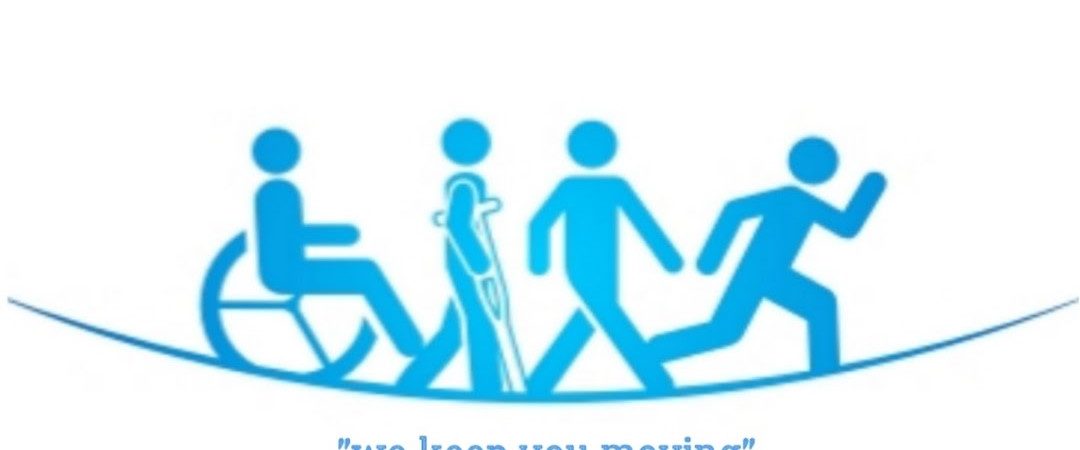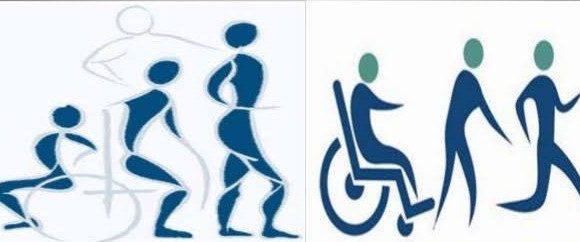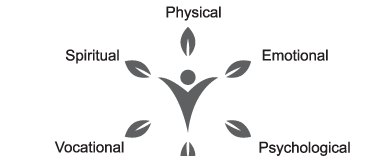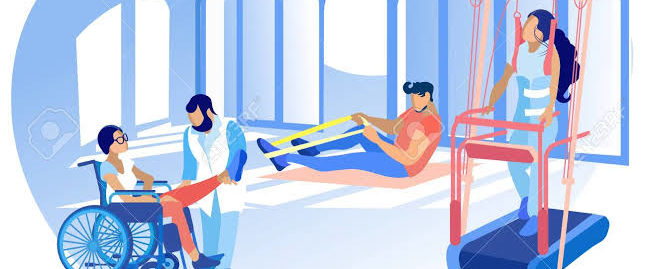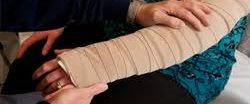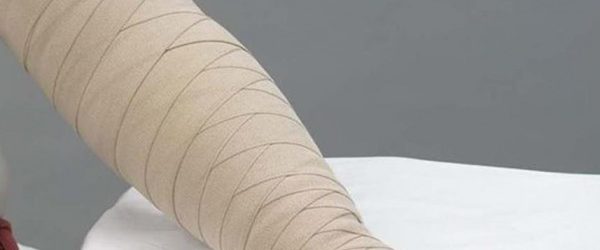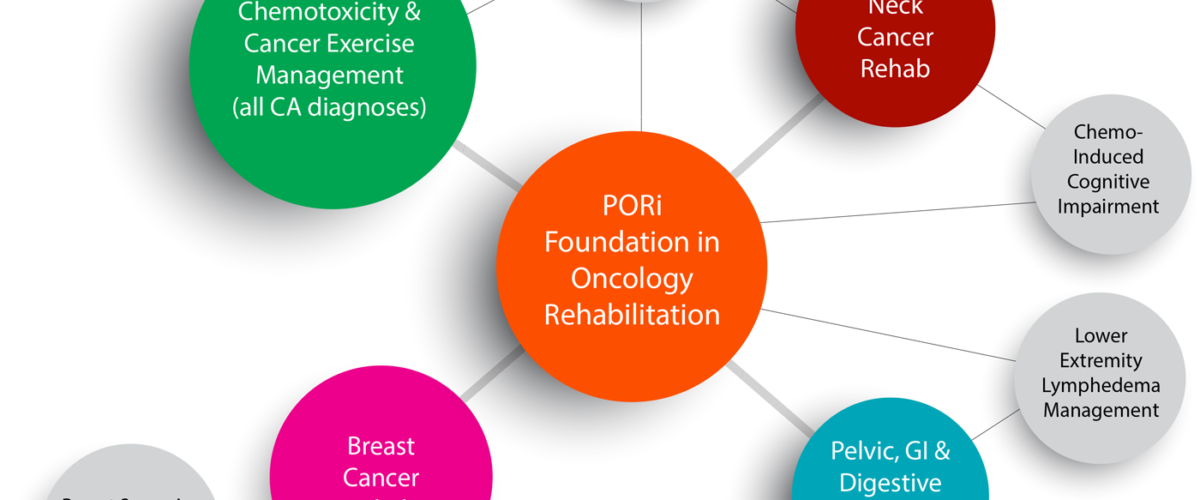WSH APPROACH TOWARDS STROKE REHABILITATION AND PREVENTION -Dr. Syed Mohammad Waris
WSH approach towards stroke rehabilitation and prevention
Dr. Syed Mohammad Waris Associate director academics at London academy of sports and health sciences UK. CEO at wihob.in BPT (RGUHS), MSc. Physical Therapy (USA), MD (ALTER MED), CYT MIAP, MIRS, FRHS, AMPLR (UK), MSJA (Malaysia) Fellowship in neuro rehabilitation from lashs uk Certificate course in biomechanics and kinesiology (London Academy for Sports and Health Science UK) Vibration Therapy training at PROVIB (Austria) Mentamove device training at NMC Specialty (ABU DHABI UAE)
EMS training ( Uk ) EX-Rehabilitation In charge at NATIONAL STROKE ASSOCIATION OF MALAYSIA SABAH. Personal Physiotherapist to HIS HIGHNESS SHEIKH HAMAD BIN HAMOOD AL GHAFREY (SALALAH OMAN) www.lashs.org.uk Info@lashs.org.uk Email: warishaqani@gmail.com Mobile no: 0096892623804 www.wihob.in
What is stroke?
Acute focal cerebral deficit resulting from vascular disease lasting more than 24 hours’
Stroke is sometimes called a “brain attack”.
With a heart attack, blood supply to the heart is reduced or stopped. With a stroke, blood supply to part of the brain is reduced or stopped. This means that part of the brain does not receive enough oxygen. Millions of brain cells die every minute during a stroke, increasing the risk of permanent brain damage, disability or death. One common cause of blockage that leads to stroke is blood clot or build –up of fatty deposits (arteriosclerosis) in blood vessels that supply the brain. The reduction in blood flow results in an ischemic stroke. Most strokes are ischemic. Another common cause of stroke is a leaking vessel in the brain. This is called a hemorrhagic stroke.
TYPES OF STOKE
The reduction in blood flow results in an ischemic stroke. Most strokes are ischemic.
CAUSES OF ISCHEMIC STROKE
Thrombus Calcific debris Atheromatous Arterial Vegetation Embolism Cardiac source Valvular heart disease Atrial fibrillation Myocardial infarction Carotid or vertebral Artery source
Atheroma Dissection Another common cause of stroke is a leaking vessel in the brain. This is called a hemorrhagic stroke.
Hemorrhagic stroke is by far the most common kind of stroke, accounting for about 88 percent of all strokes. Stroke can affect people of all ages, including children. Many people with ischemic strokes are older (60 or more years old), and the risk of stroke increases with age. Each year, about 55,000 more women than men have a stroke, and it is more common among African-Americans than members of other ethnic groups. Many people with stroke have other problems or conditions which put them at higher risk for stroke, such as high blood pressure (hypertension), heart disease, smoking, or diabetes.
Intracerebral hemorrhage Intracerebral hemorrhage occurs when a diseased blood vessel within the brain bursts, allowing blood to leak inside the brain. (The name means within the cerebrum or brain). The sudden increase in pressure within the brain can cause damage to the brain cells surrounding the blood. If the amount of blood increases rapidly, the sudden buildup in pressure can lead to unconsciousness or death. Intracerebral hemorrhage usually occurs in selected parts of the brain, including the basal ganglia, cerebellum, brain stem, or cortex. The most common cause of intracerebral hemorrhage is high blood pressure (hypertension). Since high blood pressure by itself often causes no symptoms, many people with intracranial hemorrhage are not aware that they have high blood pressure, or that it needs to be treated. Less common causes of intracerebral hemorrhage include trauma, infections, tumors, blood clotting deficiencies, and abnormalities in blood vessels (such as arteriovenous malformations). Intracerebral hemorrhage occurs at all ages. The average age is lower than for ischemic stroke. Less common than ischemic strokes, hemorrhagic strokes make up about 12 percent of all strokes.
Subarachnoid hemorrhage
Subarachnoid hemorrhage occurs when a blood vessel just outside the brain ruptures. The area of the skull surrounding the brain (the subarachnoid space) rapidly fills with blood. A patient with subarachnoid hemorrhage may have a sudden, intense headache, neck pain, and nausea or vomiting. Sometimes this is described as the worst headache of one’s life. The sudden buildup of pressure outside the brain may also cause rapid loss of consciousness or death. Subarachnoid hemorrhage is most often caused by abnormalities of the arteries at the base of the brain, called cerebral aneurysms. These are small areas of rounded or irregular swellings in the arteries. Where the swelling is most severe, the blood vessel wall becomes weak and prone to rupture. The cause of cerebral aneurysms is not known. They may develop from birth or in childhood and grow very slowly. Some people have multiple aneurysms. Subarachnoid hemorrhage can
occur at any age, including in teenagers and young adults and is slightly more common in women than men.
Pediatric Stroke
Pediatric Stroke is always a shock to learn that a child has had a stroke. Most of us know an older adult who has had a stroke, but could never imagine it happening to a child. All parents wants to understand exactly how and why their child had a stroke. Because many children with stroke are already sick with something else, it can be frustrating to try to understand everything that is happening all at once. Sometimes medical terms and concepts can seem overwhelming. Sickle cell disease (SCD) is the most common cause of childhood stroke. Stroke occurs in 17 to 24 percent of children with SCD, most often between the ages of 3 and 10. In those with SCD, ischemic strokes most often occur in children under the age of 15 and adults over the age of 30, while hemorrhagic strokes most often occur in young adults between the ages of 20 and 30. This section is designed to help the families of children with stroke by providing general information about stroke that is easy to understand. Every child is different, and some of the information here might not apply to your child. Our goal is to give you the tools to understand stroke and ultimately make it easier to communicate with your child’s doctor.
TIA
A transient ischemic attack (TIA) is a kind of “warning stroke” or “mini-stroke” that produces stroke-like symptoms but no permanent damage. Recognizing and treating TIAs can reduce your risk of a major stroke.
Signs and Symptoms
If you are having a stroke, you might: Feel a sudden numbness or weakness of the face, arm, or leg, especially on one side of the body Be confused about where you are or what you’re doing Have trouble speaking or understanding what others are saying Have trouble seeing in one or both of your eyes Have trouble walking, be dizzy, or lose your balance Have a sudden, severe headache that seems to come out of nowhere.
Risk Factor
Some risk factors for stroke can’t be changed—such as family history, age, gender, race (stroke death rates are higher for African Americans even at younger ages) and previous heart attack or stroke. But there are many other stroke risks that you can change: High blood pressure Cigarette smoking High cholesterol Diabetes Carotid artery disease Obesity Physical inactivity all of these risks can be reduced through lifestyle changes, such as regular exercise. As experts in designing exercise programs tailored for people with health problems, physical therapists can help you reduce your risks for stroke.
Clinical Features of Stroke
Stroke can cause a range of long term problems such as: Muscle will initially be flaccid followed by spasticity if proper rehab is not provided it will advance to contracture then deformity and finally handicap. Inability to move on one side of the body (hemiparesis) Severely limited movements Memory loss Slowed or slurred speech Balance problem Weakness in the leg or arm on one side of the body Off and on numbness Unusual physical sensation Sensitivity to cold temperature Difficulty in remembering words Dependency Little role in activities of daily living Depression
Latest Approaches
Constraint induced movement therapy Menta Move Matrix-Rhythm-Therapy® Aerobics modified Robotic arm Core stability Wii games Mirror therapy
Constraint induced movement therapy
Constraint-induced movement therapy (CI) forces the use of the affected side by restraining the unaffected side. With CI therapy, the therapist constrains the survivor’s unaffected arm in a sling. The survivor then uses his or her affected arm repetitively and intensively for two weeks.
Menta Move Neuroplasticity defined as ‘ability of brain to reorganize itself and relearn lost functions’ Neuroplasticity allows the neurons in the brain to compensate for injury and to adjust their activities in response to new situations. The brain compensates for damage by reorganization and forming new connections between intact neurons e.g. if one hemisphere
of brain is damaged the intact hemisphere may take over the control of that function. In order to reconnect, the neurons need to be stimulated through activity. Mental Practice of Motor Skill: This is an auto suggestive method based on Psychological Intervention. A purposeful action or a motor skill is mentally practiced by the subject without really executing it i.e. Subject imagines that he is performing a particular activity.
The Matrix-Rhythm-Therapy®
It is a basic kind of therapy of the modern 21st century Scientific Medicine that settles on the matter of fact that cells of all biologic systems are rhythmically vibrating as long as they are alive. The Matrix-Rhythm-Therapy® enables our therapist to apply this sensitive but deeppenetrating remedial massage which uses the body’s self-healing capacities. A Germany surgeon by the name of Dr. Randall spent many years conducting scientific studies and found that all living cells vibrate at specific rate. This vibration provides the delivery mechanism to supply the bodies’ cells with the optimum environment (known as extra cellar matrix) needed to support the demand on our bodies. The vibration allows our bodies to maintain a level of health.
Aerobics modified
Aerobic exercise refers to physical activity that requires the body to use oxygen to generate energy. Participating in aerobic exercise is important to maintain a healthy body. A major benefit of aerobic exercise is that it conditions the heart and lungs. It does so by increasing the oxygen available to the body and enabling the heart to use oxygen more efficiently. In addition, aerobic exercise can also control body fat, increase energy, decrease tension, increase stamina, and improve mood. There are several different types of aerobic exercises that can be done at different levels of intensity for varying periods of time After a stroke, it is common to experience continued difficulties in mobility, for example in walking. It is important to continue to exercise despite these challenges to avoid a vicious cycle, where difficulty in mobility leads to lack of exercise, and lack of exercise leads to further muscle weakening and reduced fitness. Inactivity can contribute to physical complications, including osteoporosis and decreased circulation. It can also lead to loss of independence, depression, and social isolation. The more inactive you are, the harder it is to maintain cardiovascular, mental, and neurological health. Modification in exercise such as chair aerobics, quick repetition of movements all will be framed in according to the level of impairment.
Robotic arm
Stroke patients get helping hand from ‘telepathic’ robot arm which can respond to your thoughts. Stroke patients who have lose the use of their arms could find a helping hand in the form of a robotic arm that can ‘telepathically’ respond to your thoughts. The research, led by Rice University and the University of Houston, has led to an exo-skeleton which covers the arm from fingertips to elbow and can help perform simple tasks, as well gently assisting – and sometimes resisting – movement to build strength and accuracy.
Core stability
When people talk about ‘the core’, they are generally referring to the region of the body which includes the abdominal wall, the pelvis, the diaphragm, and the lower back. Core stability is related to a person’s ability to activate the muscles within this region. When switched on, theses muscles provide support to the spine and pelvis during movement. Our core is literally at the center of everything we do. From simple activities like picking up our shoes or opening a door, to more dynamic movements such as those within sport, and, in the case of triathlon: swimming, cycling and running. Our core is our foundation from which we generate power. One popular quote which highlights this is: ‘You can’t shoot a canon from a canoe’. This means, without a solid base, your limbs are limited to how well they can action movement. With this in mind it is easy to see why the core plays such a vital role in performance, and why its ability to function is critical in maximizing our physical potential and increasing our capacity to prevent the occurrence of injury.
Wii games
Active Wii video games may bring some fun into stroke recovery, helping patients regain lost strength and motor skills in the process. It’s a lot easier to stick with exercises that are fun to do than with those that feel like a chore. That’s especially true for victims of stroke going through rehabilitation. That’s why the use of video games to aid stroke rehabilitation has become a major focus of research. There’s growing evidence that virtual reality gaming systems like the Wii™ can help stroke victims regain some arm function and even improve balance and visual impairments. Hemiplegia and hemiparesis are conditions that affect one side of the body, causing it to present with weakness often with reduced movement and limited active control in the limbs and trunk. Hemiplegia can affect people at any age and is caused by an injury or an illness that affects the brain, such conditions leading to hemiplegia can be stroke/CVA, acquired brain injury or an injury/illness at birth. The Wii has proven to be very popular within the rehabilitation. It is very flexible and forgiving with regard to the movements that are needed to play the game, offering the opportunity for a patient to work an affected upper limb with reasonable success (depending upon the severity of the hemiplegia), benefiting from the visual feedback that the console and controllers offer.
Mirror Therapy
It is a form of motor imagery in which a mirror is used to convey visual stimuli to the brain through observation of one’s unaffected body part as it carries out a set of movements. The underlying principle is that movement of the affected limb can be stimulated via visual cues originating from the opposite side of the body. Hence, it is thought that this form of therapy
can prove useful in patients who have lost movement of an arm or leg including those who have had a stroke. Mirror therapy is used to improve motor function after stroke. During mirror therapy, a mirror is placed in the patient’s mid sagittal plane, thus reflecting movements of the no paretic side as if it were the affected side. This systematic review summarizes the effectiveness of mirror therapy for improving motor function, activities of daily living, pain, and visuospatial neglect in patients after stroke.
Group Therapy
This approach usually involves a few number of physiotherapists and their assistants along with the care taker of the stroke patients. A detailed assessment is taken of the patients with stroke. With respect to the outcome result of assessment the patients are categorized according to the level of impairment in the following groups: 1. Early group Mostly wheel chair bound 2. Advance group Able to stand and walk with support. Exercise therapy regime should be designed after reviewing the assessment.
Preventing another Stroke
After stroke, survivors tend to focus on rehabilitation and recovery. But, preventing another (or recurrent) stroke is also a key concern. Of the 795,000 Americans who have a stroke each year, 5 to 14 percent will have a second stroke within one year. Within five years, stroke will recur in 24 percent of women and 42 percent of men. Percentage of Reoccurrence after First Stroke Within 30-Days 3% to 10% Within 1-Year 15% to 14% Within 5-Years 25% to 40% Your Lifestyle Choices Everyone has some stroke risk. But, there are two types of stroke risk factors. One type your client can’t control. The other he or she can. Advice your patient as following: • Monitor your blood pressure; if it is high, make sure it is treated. • Find out if you have atrial fibrillation (an irregular heartbeat which allows blood to pool in the heart and cause blood clots). • Quit smoking. • Limit alcohol. • Check your cholesterol levels and make sure bad cholesterol is controlled. • Manage your diabetes. • Exercise often. • Eat foods low in sodium (salt) and saturated or trans-fat. • Monitor circulation problems with the help of your doctor.

